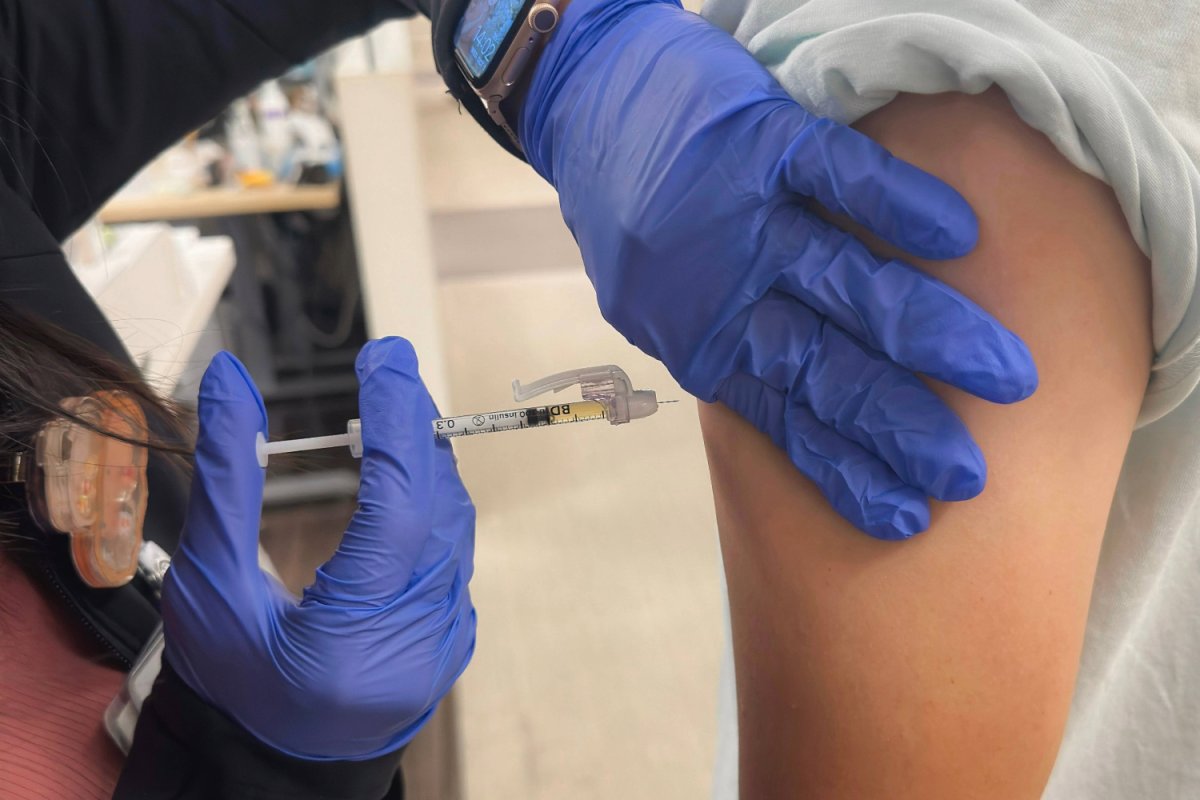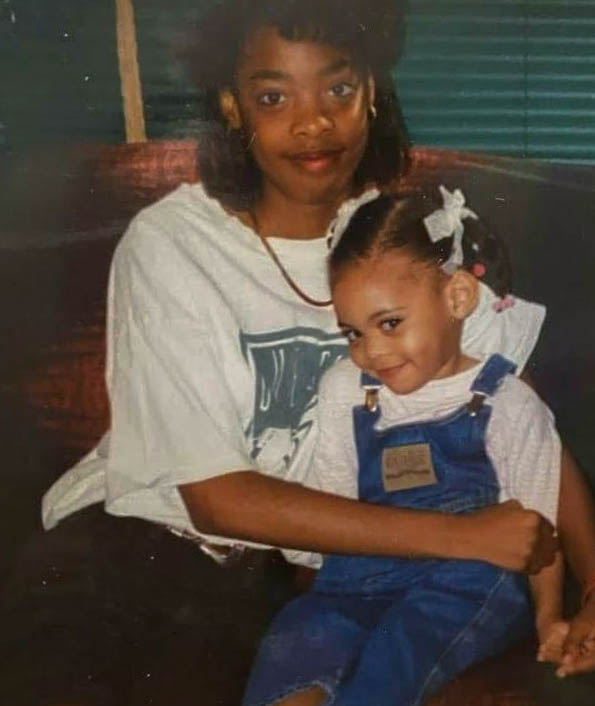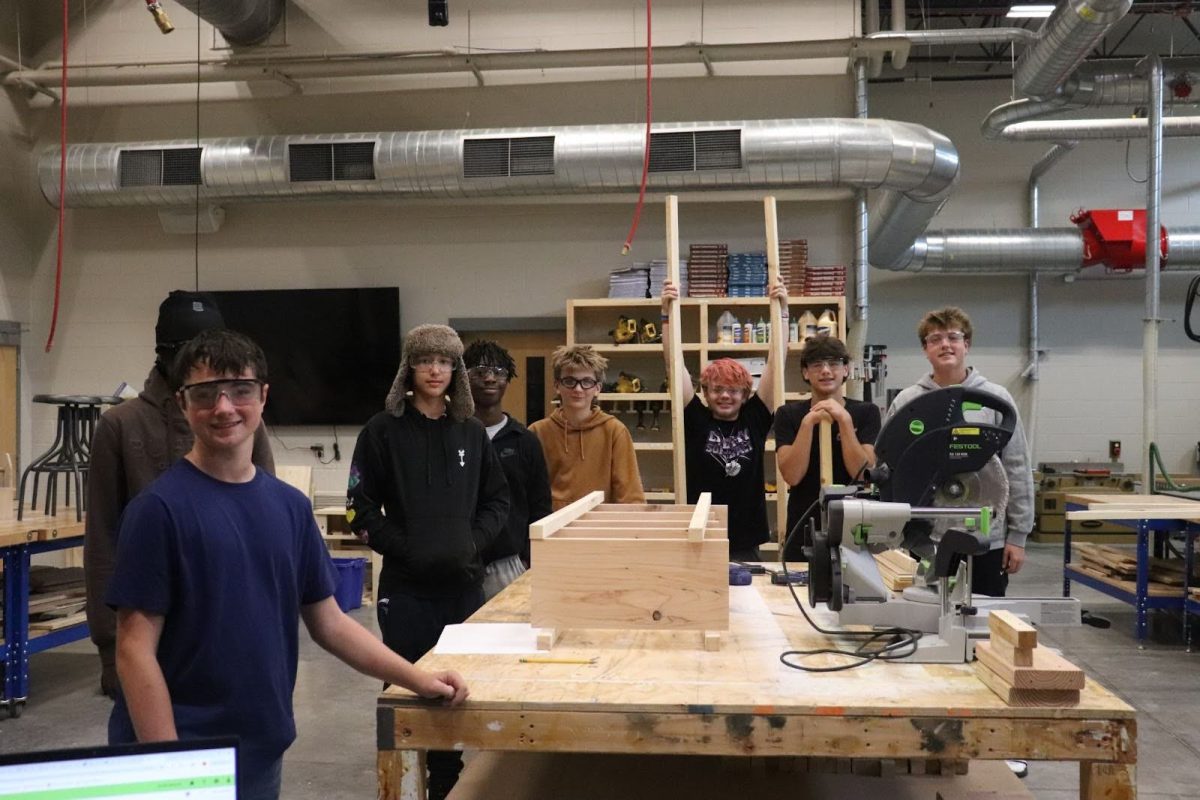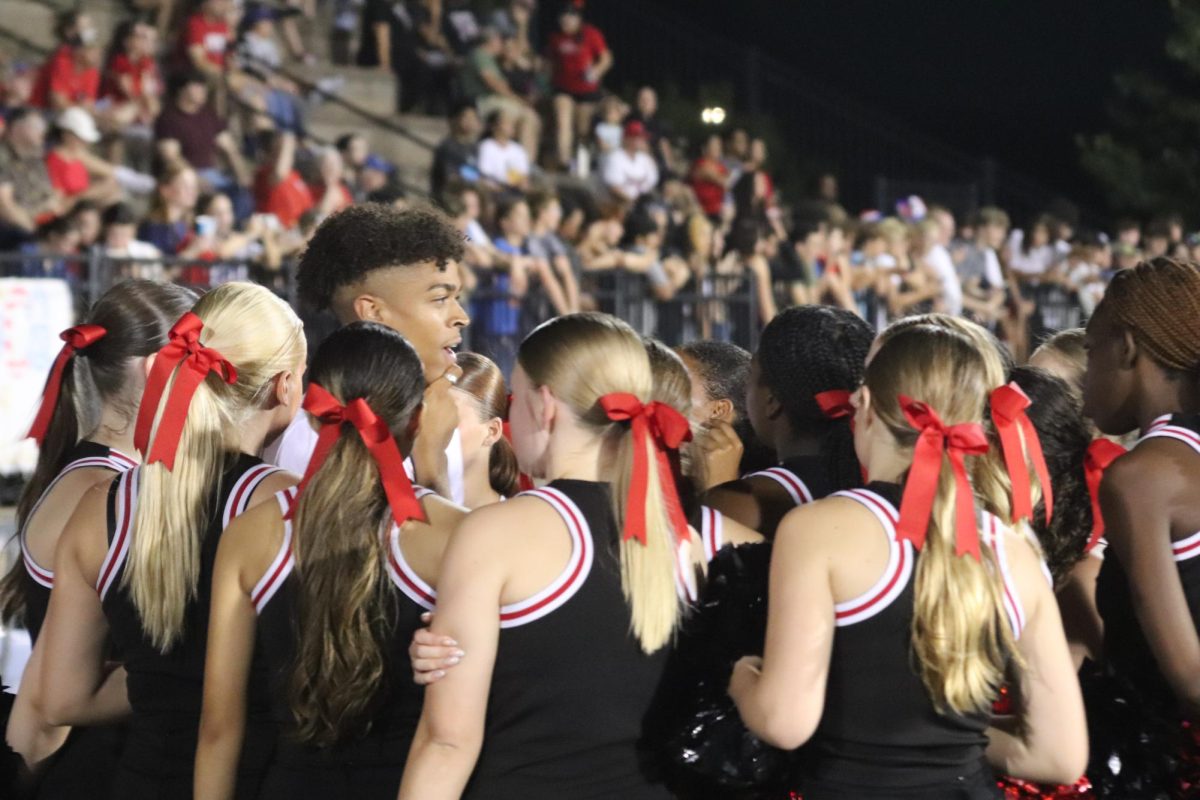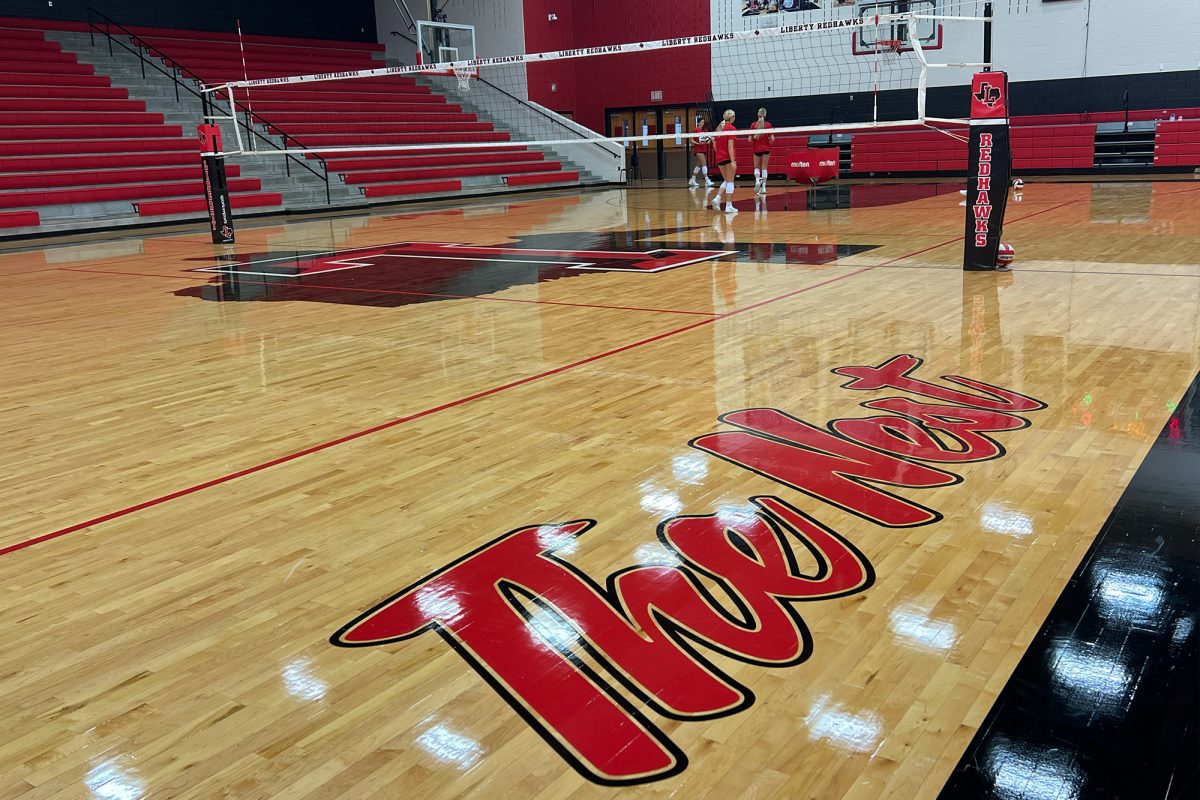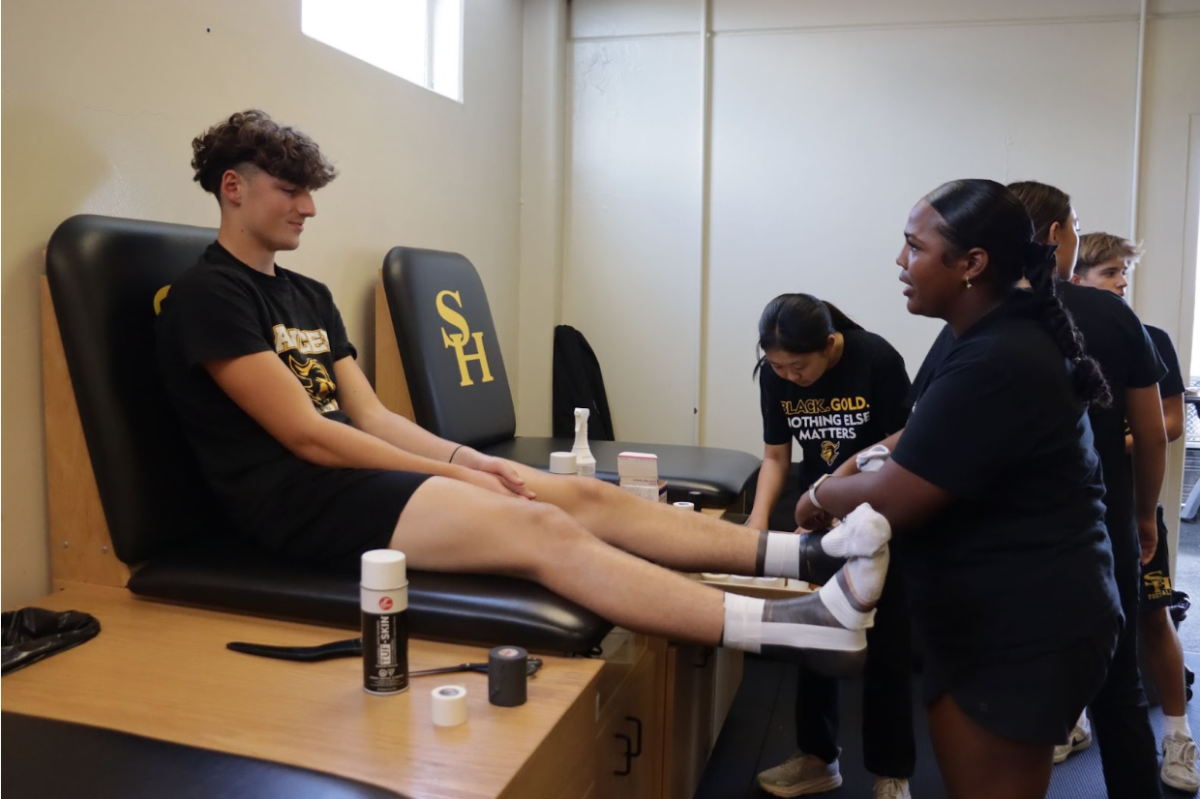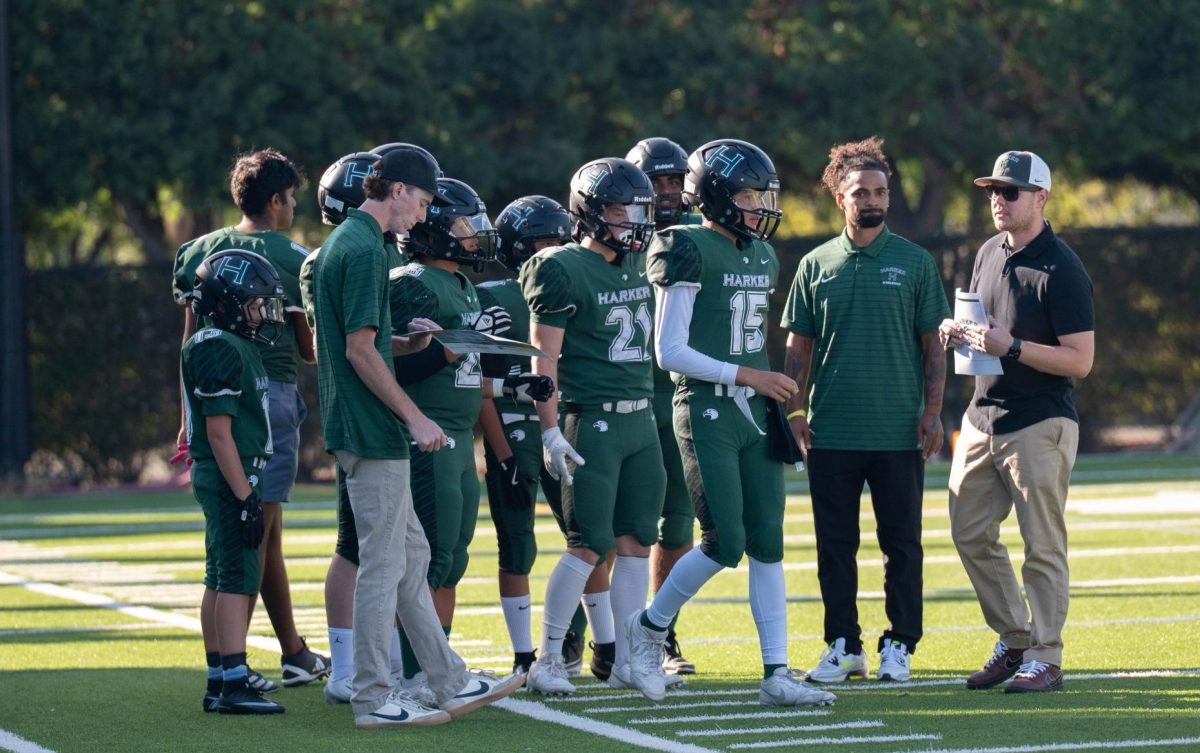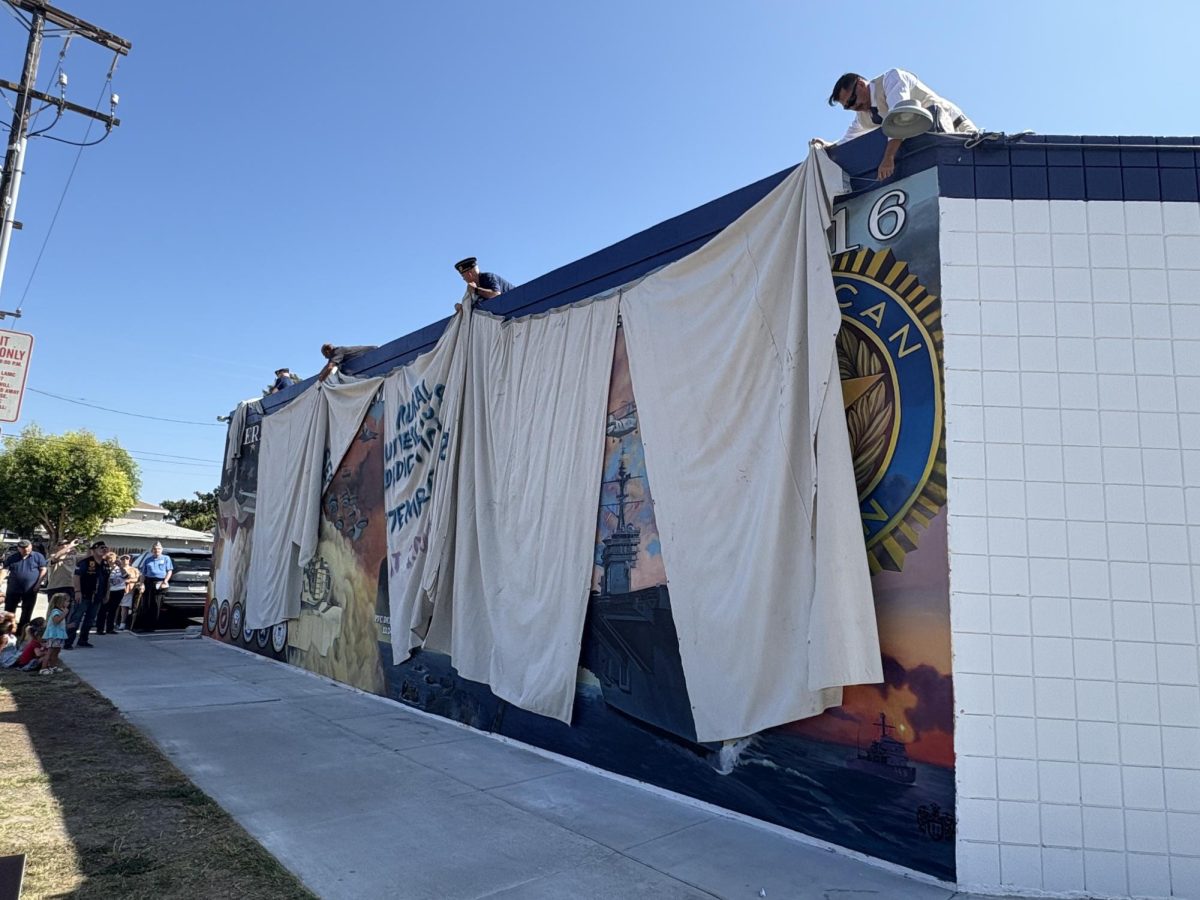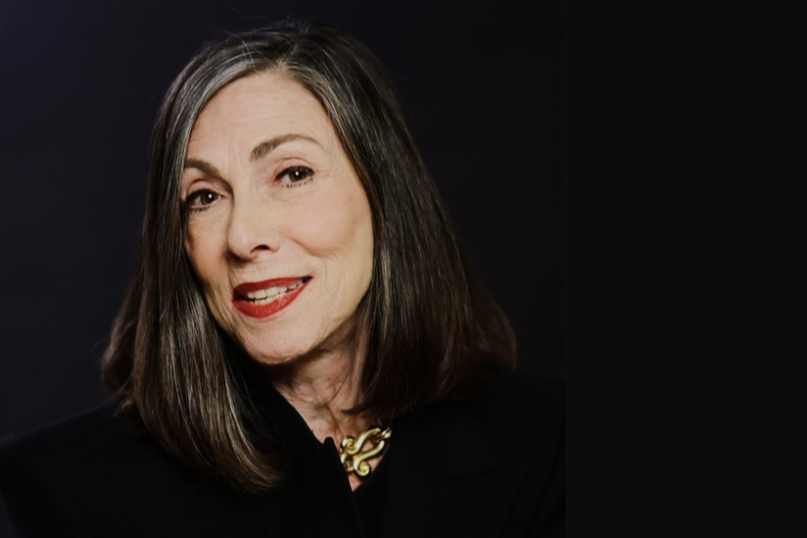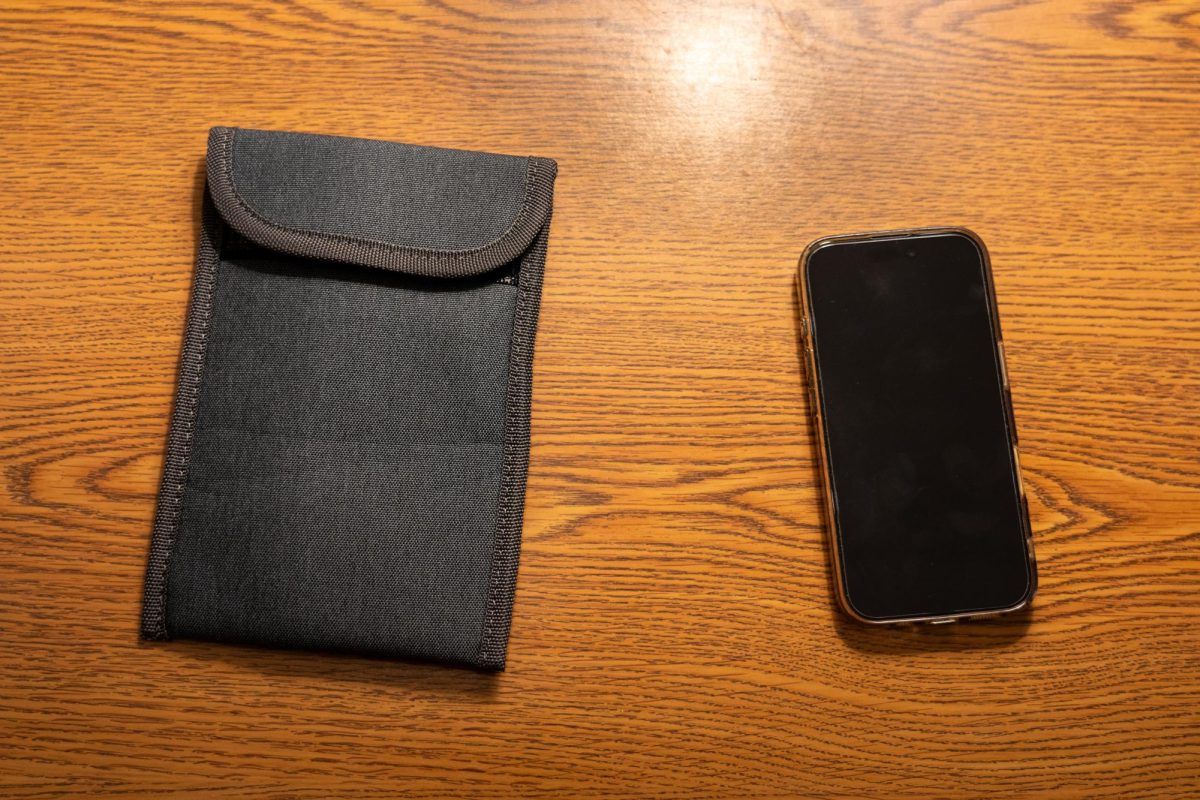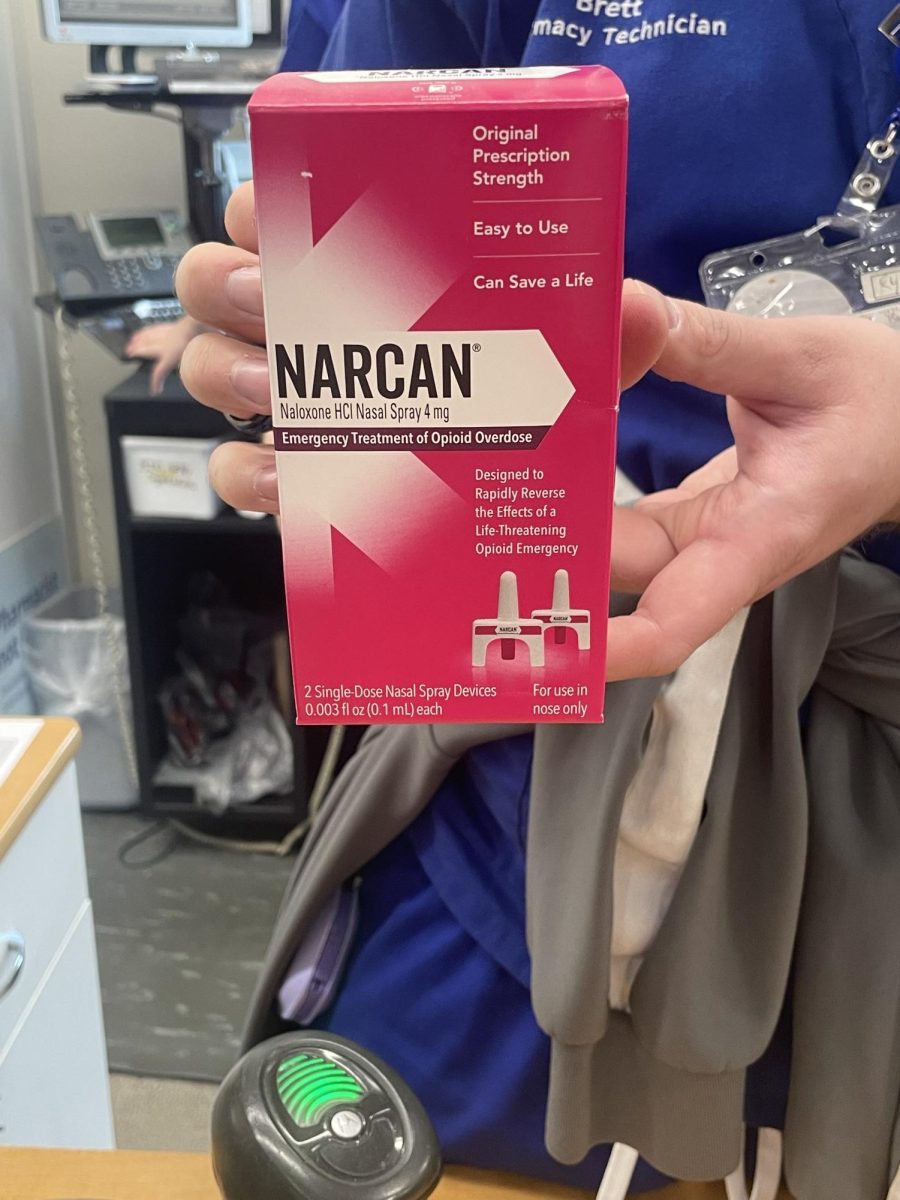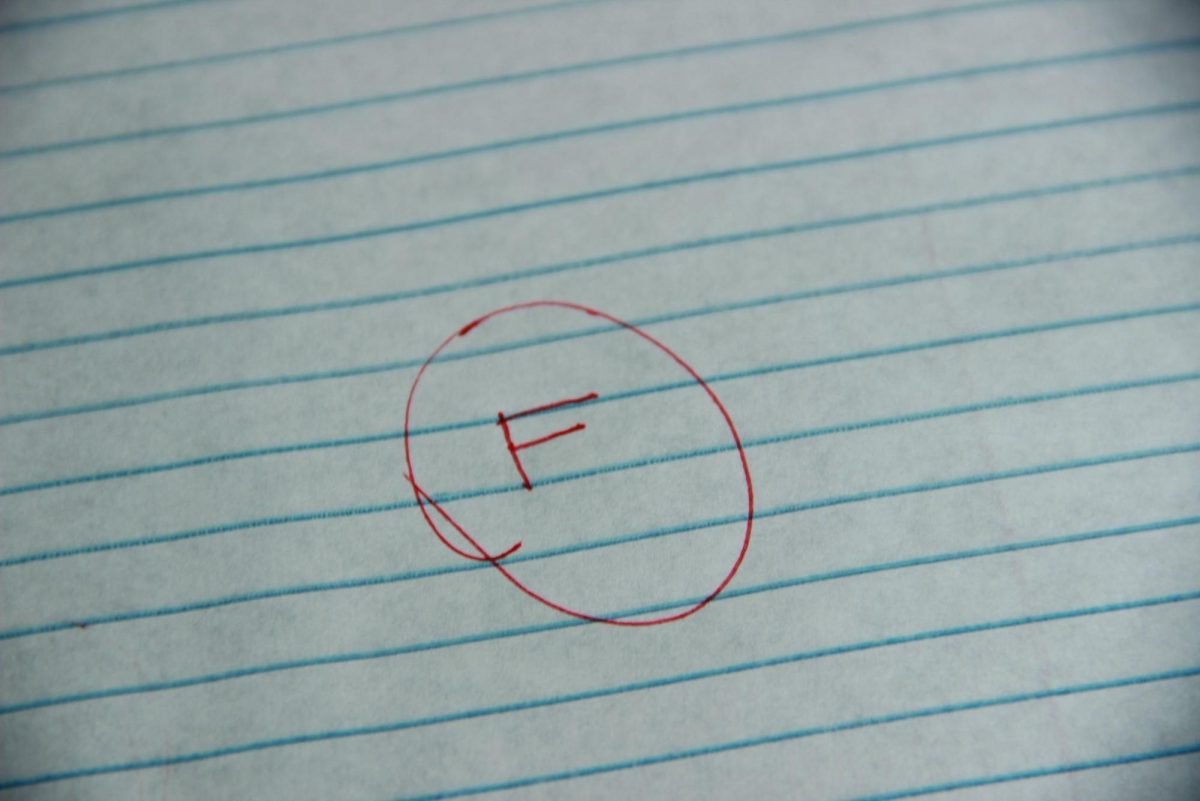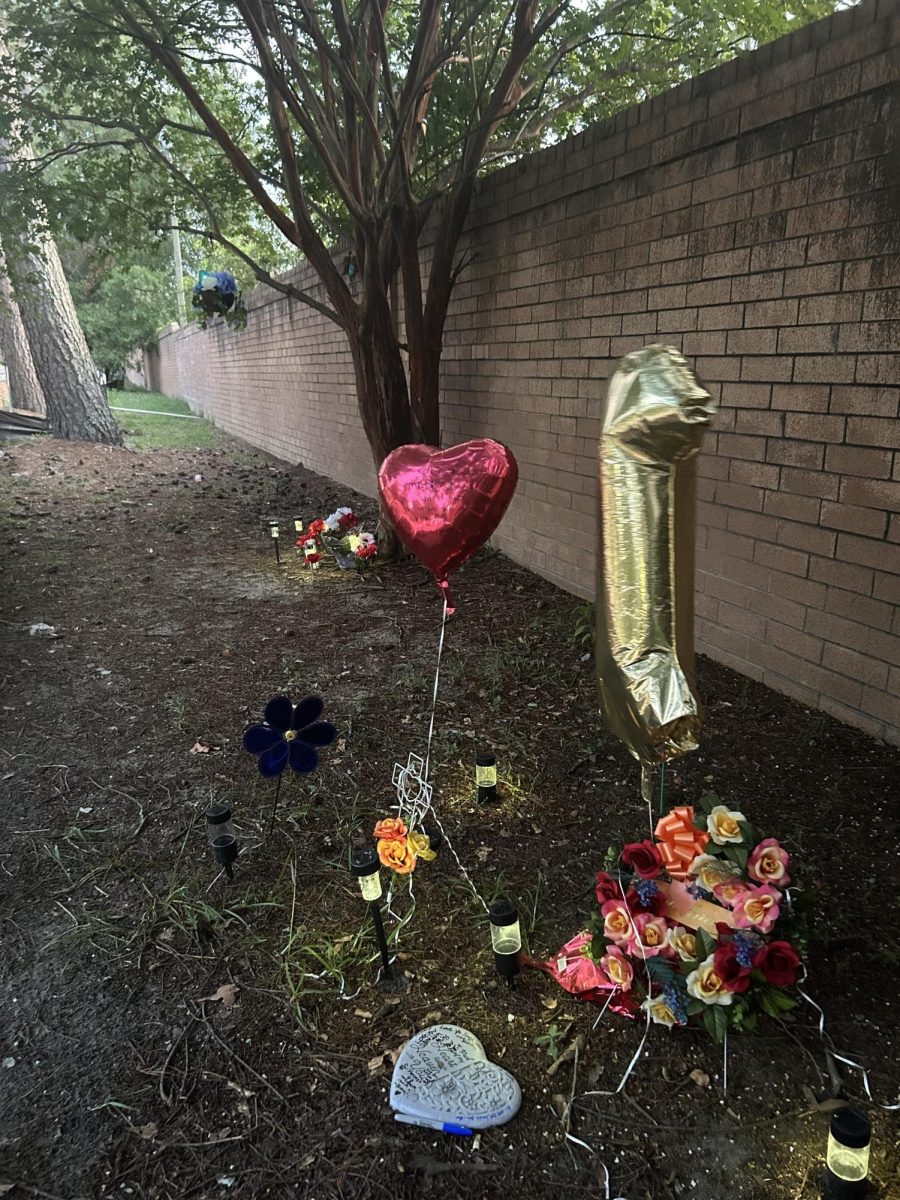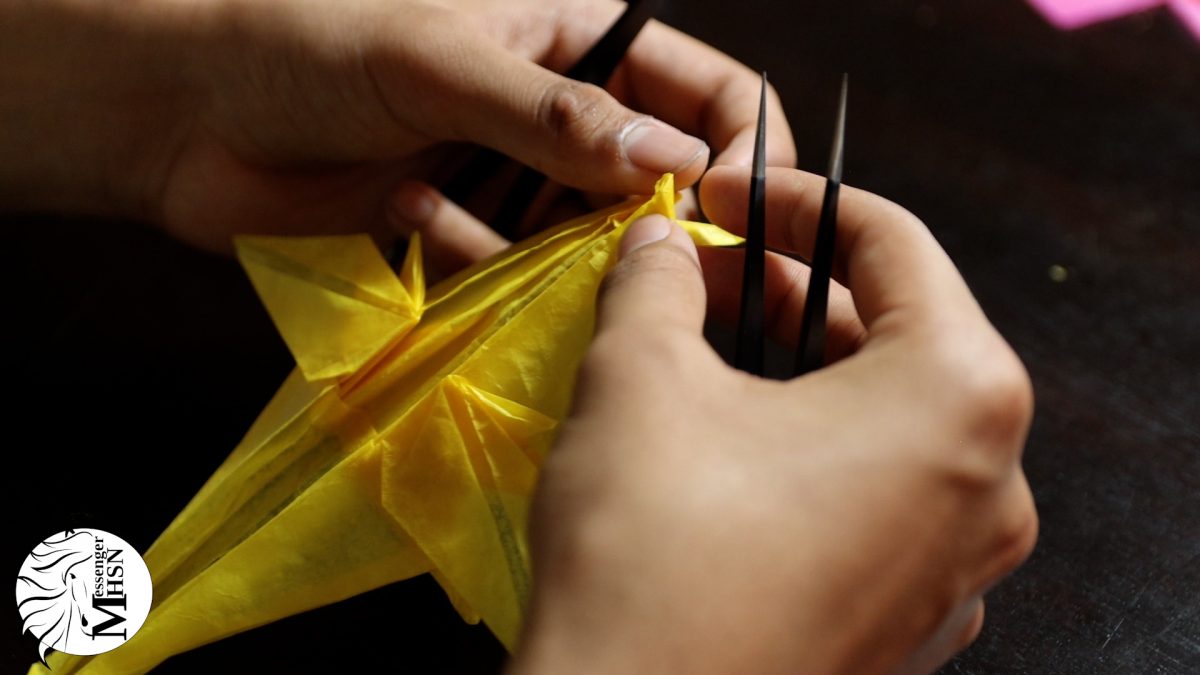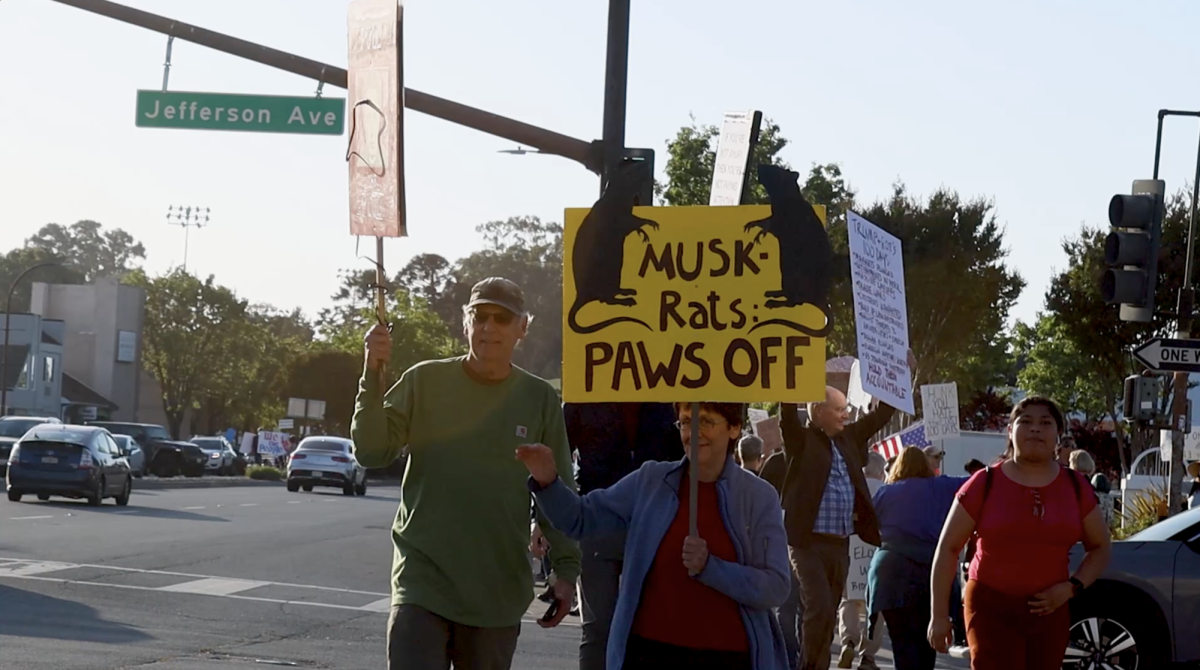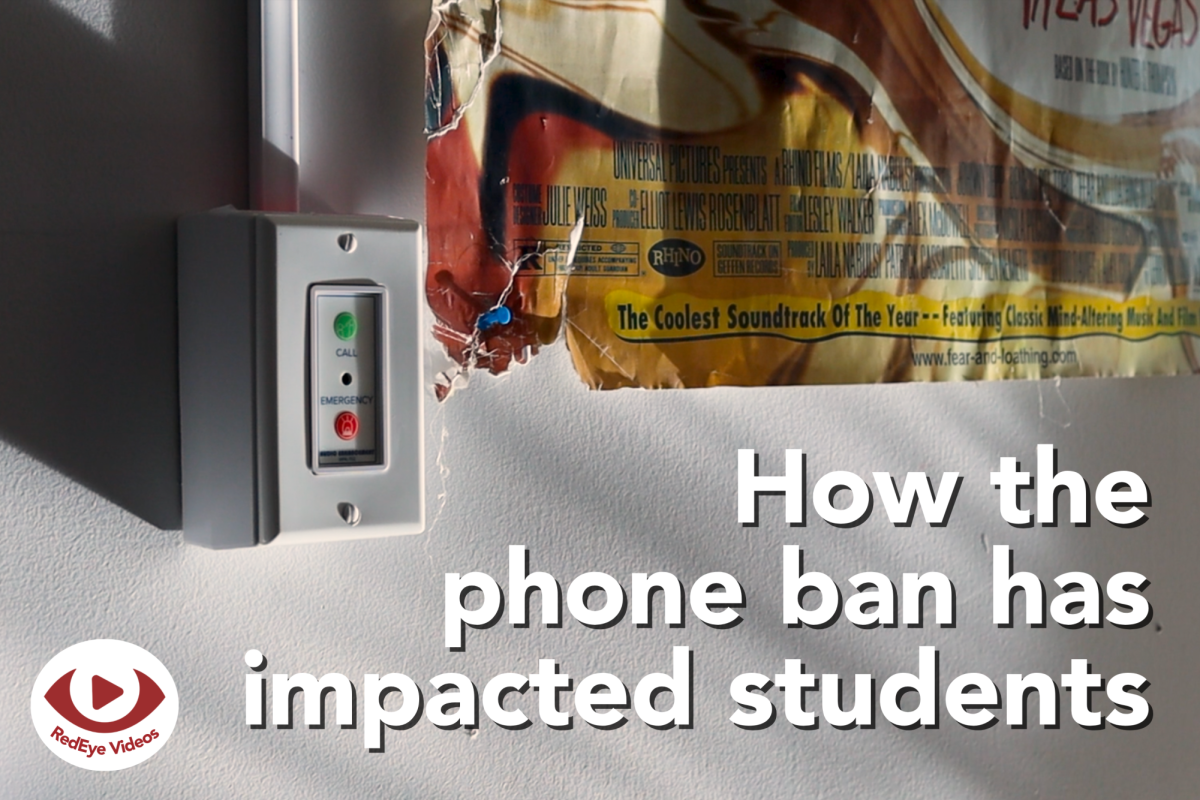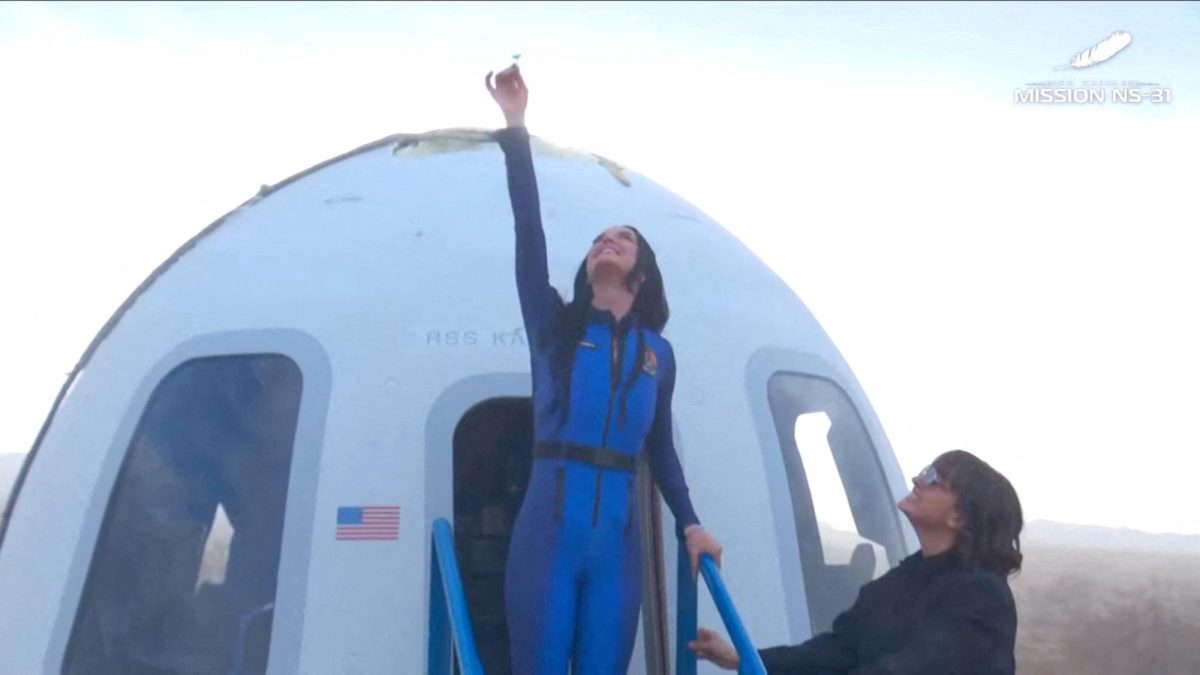Journalist Gayle King, pop star Katy Perry, film producer Kerianne Flynn, aerospace engineer Aisha Bowe, civil rights activist Amanda Nguyen and entertainment journalist Lauren Sánchez. You may be wondering what these starkly different women are doing together in this litany, or maybe you are privy to the recent social spectacle that took place Monday, April 20. This spectacle was a space flight powered by Blue Origin where the six female celebrities and social figures listed above were launched 346,802 feet into space, for a 10-minute trip.
Blue Origin, a space technology company, was started in 2000 by Amazon founder and CEO Jeff Bezos. The mission of the company is to make space travel more accessible and eventually create living and work environments on other planets in our solar system. The Blue Origin mission statement asserts that the company “envisions a future where millions of people will live and work in space with a single-minded purpose: to restore and sustain Earth, our blue origin.”
In an effort to reach their goal, the company sent these six women to space and marketed it as the first all-female flight crew since 1963, when cosmonaut Valentina Tereshkova orbited the Earth solo as the first woman in space.
Although some saw this space flight as progress for Bezos’ broader mission, it has largely faced harsh public criticism, and we would feel remiss not to share our stance.
As female student journalists at an all-girls school, we firmly believe that female empowerment and representation in male-dominated fields are unequivocally vital to the progress and future of our society. That said, we recently began thinking about the authenticity of the Blue Origin flight’s goal. Did this intended “feminist movement” miss the mark?
The nature of this so-called space “mission” is wildly gaudy and out of touch. The star-studded “flight crew” feels like an odd choice for this mission because these stars took space time from real, aspiring female astronauts. Furthermore, the timing of this endeavor could not have been any more misplaced due to President Trump’s recent DEI crusade, which has had a deep impact on the National Aeronautics and Space Administration. On March 25, in accordance with the DEI initiatives in government agencies, NASA’s website deleted any mention of the first woman or person of color from the Artemis website. Not only that, but the website deleted various graphic novels that detailed the stories of many past female astronauts. Given this, why didn’t Blue Origin hire actual female astronauts?
Astronauts are integral members of our society who put their lives at risk to contribute to groundbreaking space exploration. Erasing their names and replacing them with celebrities effectively ostracizes female astronauts from society and shares a message that their roles lack importance and value. The Blue Origin flight aimed to be a large step for female space exploration, but, in reality, it was tone-deaf.
The space flight is also being called out for its waste of resources and contribution to CO2 emissions. According to their mission statement, Blue Origin’s overall goal is to create working societies on other planets so that we can save Earth. With this being the company’s overall goal, why are we sending celebrities to space for non-explorative purposes while emitting large amounts of harmful carbon dioxide into our atmosphere? The purpose and the pursuits simply do not align.
Actress and model Emily Ratajkowski shared her thoughts about the Blue Origin flight on her public TikTok account, which has 2.8 million followers. Enraged and confused by the mission, Ratajkowski said, “You say that you care about Mother Earth, and it’s about Mother Earth, and you go up in a spaceship that is built and paid for by a company that is single-handedly destroying the planet… Look at the state of the world and think about how many resources went into putting these women into space. For what?”
Like so many others, we can’t help but agree with Ratojkowski. In this case, the exploitation of precious resources and emission of carbon dioxide seems extremely unnecessary because the mission served no purpose further than acting as a publicity stunt for the company.
King, a member of the space flight, responded to the criticism by saying, “Anybody that’s criticizing it doesn’t really understand what is happening here.” King went on to add that the mission served as a message to the world that women belong in space.
As journalists, it is our job to develop a full understanding of an event after a deep investigation. After looking at this event and the responses from the celebrities from all angles, we are still failing to see one thing: What really was the point of the mission? Are we no longer teaching young women to aspire to be astronauts? Are we instead teaching them to aspire to become actresses who will then become semi-astronauts mid-career?
These questions are the very ones we need to be asking. We must continue to analyze the meaning of progress for women and fight for true workplace equality. We must also interrogate the motives behind the individuals and corporations that are consuming the media and question whether they are trying to make progress or a profit.
This story was originally published on The Oracle on April 29, 2025.




